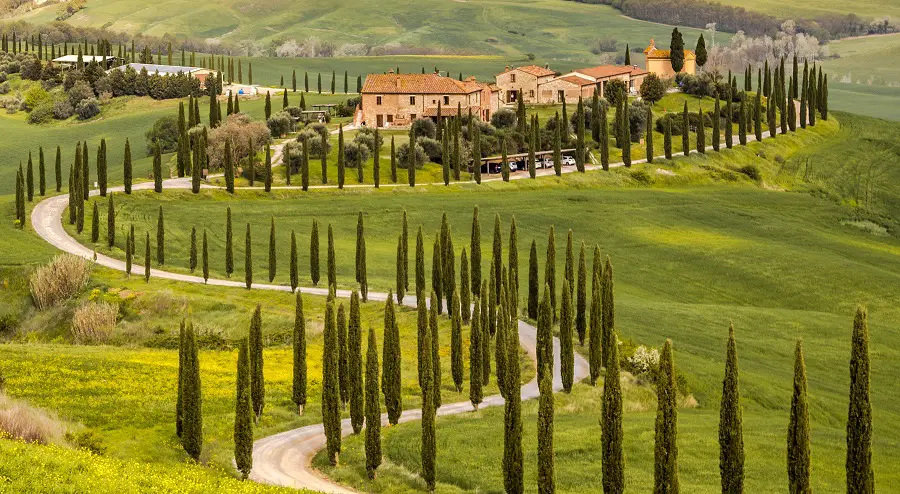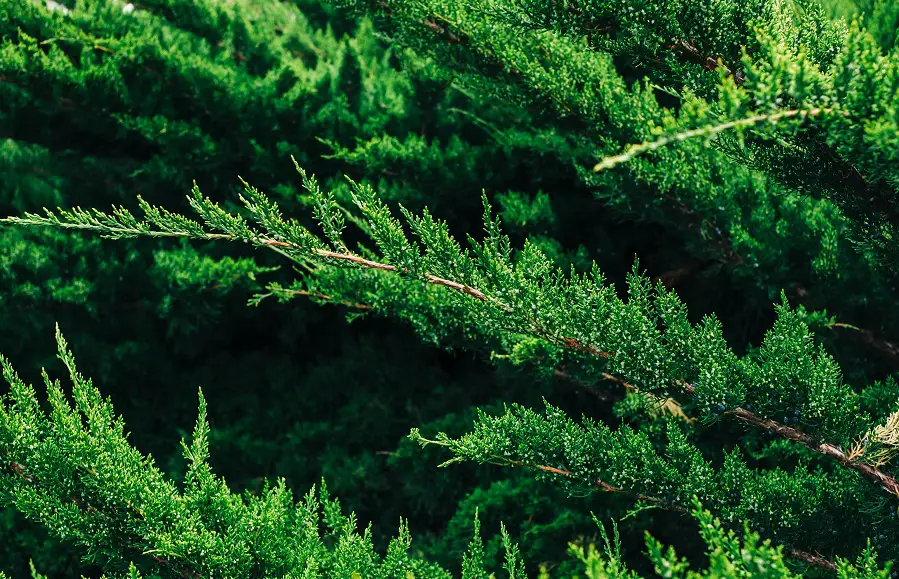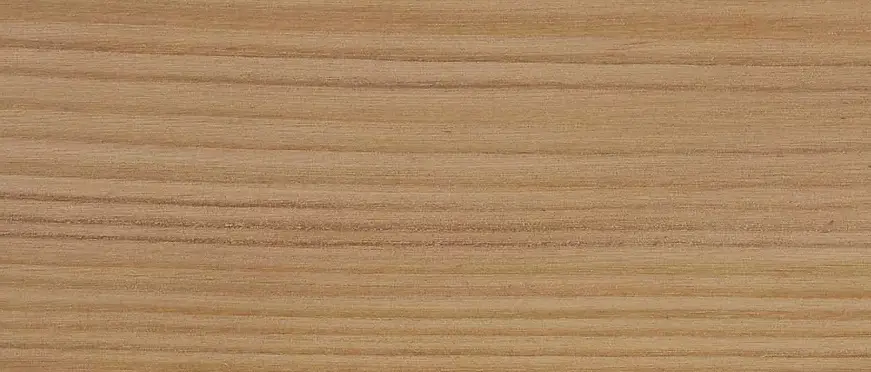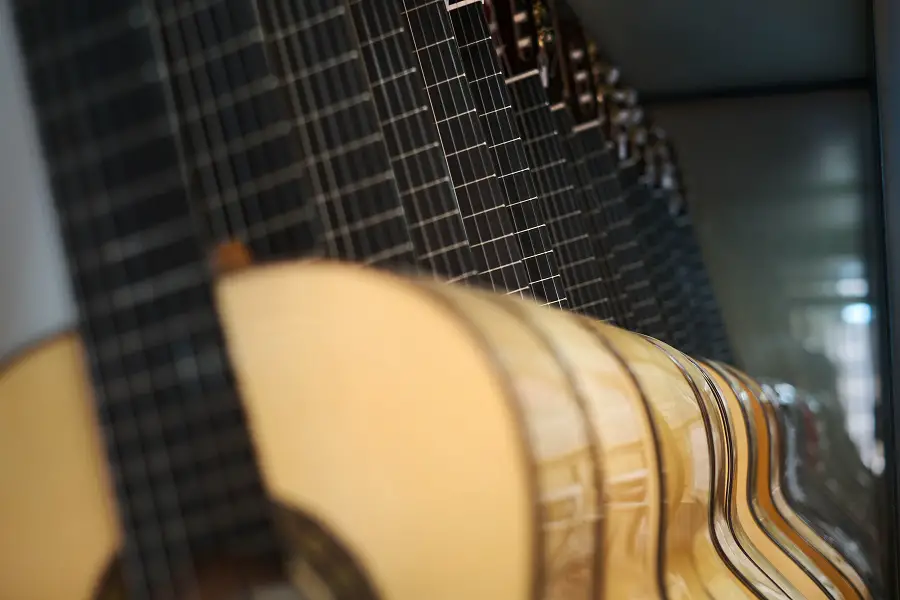In many of the advertisements for vacations in Mediterranean countries, especially Italy, you see roads winding over green hills or through vineyards to an old brick farmhouse or medieval fortress. The roads are always lined with tall, upright trees in contrast to the rest of the landscape. These are cypresses, trees specific to the Mediterranean. The cypress is known not only as a "sales agent" for tourism companies, but also for the ethereal oils extracted from its bark, for its highly resistant wood said to have been used to build Noah's famous ark, or for its acoustic properties appreciated by lovers of the vibrant sounds of flamenco music. Read more about cypress, its wood and its uses below.

The cypress, the tree of idyllic images in rural Tuscany
Like fig treeCypress is mentioned in the Bible as a material used in temple construction. Noah's ark was also built from cypress wood. In Egypt, cypress wood was used to build sarcophagi, and in Greece it was used to carve statues of the gods. Emperor Constantine commissioned cypress doors for St. Peter's Church in the Vatican, which lasted for 800 years until they were replaced in 1445 with bronze ones. The original cypress doors can still be seen in the Vatican museum.
All this information tells us that cypress has been present in the Mediterranean area since ancient times. Having been planted since antiquity, it is difficult to pinpoint its exact native range, but it is thought to have originated in the eastern Mediterranean and in what is now Syria, Lebanon and Israel. It now grows as an ornamental tree or in plantations around the Mediterranean, in Spain, Portugal, Turkey, the southern Caspian Sea and Asia Minor. It has been acclimatized in the USA, Australia, New Zealand, even in the Sahara desert.
Since ancient times, the cypress has been a symbol of mourning and the underworld. It is now a common presence in cemeteries in the Muslim and European Catholic world. In Italy, you know there's a cemetery in a certain area by the cypress trees you can see from a distance. This association with death was made because the cypress tree regenerates very slowly when broken or cut, and its cones sometimes only open if there is a forest fire. But it's not just a symbol of death, as the idyllic images of rural roads in Tuscany and Umbria are testament to this.

The tall and upright and tall and upright pencil pine
The cypress, with its Latin name Cupressus Sempervirens is one of those evergreen conifers that doesn't lose its leaves in winter. In fact, Sempervirens is just that, evergreen. In English you can find it as Mediterranean cypress, Italian cypress, Tuscan cypress, Spanish cypress or pencil pine (pin pencil). cypress, in French cypress, in German zypress and in Spanish cipres.
It grows well in warm climates with dry summers and adapts to different soils, and can be used to reforest arid, calcareous soils or to prevent landslides. It is a long-lived tree that can live for more than 1000 years, but there are specimens that have far outlived this age. Genus Cupressus has more than 20 species spread in all regions of the northern hemisphere with warm or warm-temperate climates, even arid ones. All species have a characteristic, aromatic, very pleasant smell.
The cypress grows straight and tall, typically to 20-25 m tall and 0.6-0.8 m in diameter, but can reach 30-33 m tall and 1 m in diameter. The bark, greenish-grey and smooth when young, darkens to brownish-grey at maturity and longitudinal cracks appear. The narrow, pyramidal crown tilts at the slightest breeze. It is also called drama tree (dramatic tree).
The leaves are dense, scale-like, rounded (not flat), 2-5 mm long and dark green. The (female) seed cones are ovoid or oblong, 25-40 mm long, with 10-14 scales that are green at first and turn brownish at maturity. The fertile scales conceal 8 to 20 brown, winged, flat, flat seeds. The female cones open in September, about 2 years after pollination, and may thereafter remain open on the branches for a long time. Sometimes it takes the high temperature generated by a fire to open. Male cones are 3-5 mm long and release pollen in late winter.

Cypress wood - appearance and characteristics
In cross section through the cypress trunk you can see quite clearly an irregular outline between the sapwood and the heartwood. The sapwood is light yellow in color, and the heartwood is yellow-brown to reddish-brown, darkening towards maturity. The fiber is usually fine and straight, but the presence of knots causes it to deviate and become irregularly patterned. It has a natural sheen and a specific, aromatic scent impregnated by the essential oils present in the bark. The annual rings are visible, the transition from early to latewood being gradual. It has no resin canals and the diameter of the tracheid is small to medium.
Cypress has a durable wood that is resistant to moisture, insects and fungi. The darker the wood, the more resistant it is. It is one of the strong softwoods with an average dry (anhydrous) density of 535 kg/m³. It is dimensionally stable, but drying must be done slowly as it has a tendency to split.
It is easily worked by hand and mechanically, except in knotted areas. Very sharp blades are needed here because the deflected fiber poses problems. Sanding and sanding can also be difficult in the knot area. When joining elements with nails or screws it is advisable to drill holes beforehand to avoid cracking. The joints once made are strong and the wood will not split.
Cypress wood glues, stains and varnishes easily. Although it can be difficult to sand, the end result is smooth and pleasant surfaces with a slight natural sheen. It can be easily turned, milled and carved, but steam bending is not recommended.

Resistance to insects and moisture makes it very suitable for outdoor use
Its resistance to water, insects and fungi has been discovered since ancient times, with cypress wood being commonly used for boat building. Being resistant to carrion attack and termites was used to structure houses. In the past, it was used as a container for borot in distilleries because of its ability to hold ferments. With the advent of stainless steel, its career in this field ended.
Today, cypress wood is used to make windows, boats, decks, fences, but also furniture, especially for storing clothes and linen. It is so tough on the outside that it performs well even when unfinished. It has been used in harpsichord making in the past and is now used to make guitars. It can be carved and turned into bowls or other small decorative objects.
The oil extracted from cypress bark is used in cosmetics for its astringent, anti-seborrheic and anti-ageing properties. It is also used in the pharmaceutical, perfume and herbal medicine industries.
It is widely grown as an ornamental tree.

Flamenco guitar wood
Cypress is the traditional wood for flamenco guitars. It's used to make the back and sides because it can be worked better than palisander, the wood originally used, and the result is a guitar with a thinner back. The result is the vibrant and distinctive sound of flamenco guitars.
There is another explanation for its use in flamenco guitars. Cypress was a local wood, much cheaper than rosewood brought from the colonies. The flamenco singer was poor and could not afford to buy an expensive guitar made from a hard-to-find wood. To help him out, the luthiers came up with the idea of trying cypress wood and were delighted with the vibrant, distinctive sound they got.
The wood used to make guitars must be of very high quality. It sometimes takes up to 30 years after cutting before it reaches the desired moisture content and characteristics. This is why, even if it used to be cheap, a good-quality flamenco guitar is not within everyone's reach.
Until I discovered the cypress I didn't know there was such a big difference between classical and flamenco guitar. They always seemed identical to me because I never listened to the same piece played, one after the other, on the two guitars. I watched the clip below and it all became much clearer. The main differences are:
- weight - flamenco guitar is much lighter than classical guitar,
- the wood used, which creates different sounds and tones,
- guitar thickness - flamenco guitars are narrower than classical guitars,
- the distance between the strings and the guitar - the strings of the flamenco guitar are closer to the guitar, which creates a vibe that flamenco lovers appreciate.
In the video, the main differences are clearly explained and the demonstration is more than eloquent.
I hope you find the information interesting. Complementaries are, as always, welcome. And if you have any questions or queries, please leave them below in the space provided. I will be sure to reply.













Add comment